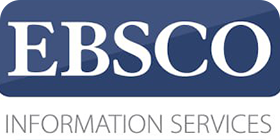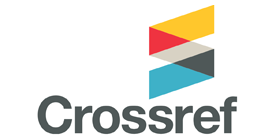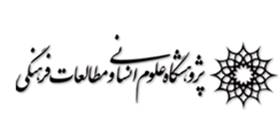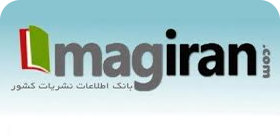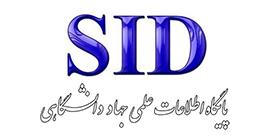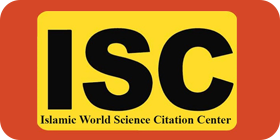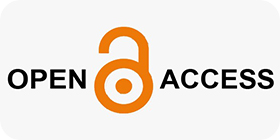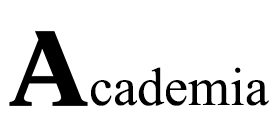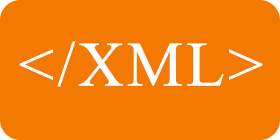Designing a National Identity Curriculum Model for the Second Elementary Grade
Keywords:
National Identity, Curriculum Model, Second Elementary GradeAbstract
Purpose: The current research was conducted with the aim of designing the national identity curriculum model for the second elementary school. Methodology: According to the nature and scope of the research, various qualitative methods were used to achieve the research objectives, which include: a) grounded theory, to design the national identity curriculum model in the elementary school; b) Thematic analysis method to determine the characteristics of elements of national identity in primary school textbooks to achieve the curriculum model of national identity. In part A, the community was studied by experts in the field of national identity, including experts in social sciences and educational sciences and upper education documents. The method of gathering information from experts was through semi-structured interviews with 36 teachers and experts. Also, the interviews were conducted based on the grounded theory in three stages of open, central, and selective coding, and the obtained concepts were classified into categories and subcategories. Findings: National identity curriculum model was presented in two dimensions of why and the necessity of national identity curriculum and how national identity curriculum in the form of a conceptual model, including the necessity and need (needs assessment), goals (general goal and partial goals), content (principles of content organization, content selection), teaching methods, learning, teacher's role, and evaluation methods. Conclusion: Among the features of this model, we can refer to being native, attention to individual, social, ethnic and national characteristics, being scientific, simplicity, originality, educational outlook and active approach in teaching and learning.


